
Walking through the shadow of the Pyramids of Giza at dawn, I felt time dissolve. These 4,000-year-old giants are just the start of what Top Tourist Attractions in Egypt have to offer. Imagine standing where pharaohs once ruled, diving among Red Sea sharks, or tracing hieroglyphs in the Valley of the Kings’ 3,500-year-old tombs.
This land blends ancient mysteries with vivid adventures. From Karnak Temple’s colossal statues to the Blue Hole’s underwater cliffs. When I first saw Luxor’s Karnak at sunrise, I understood why it’s called the world’s largest open-air museum.
Egypt travel destinations promise more than postcards. Think sipping mint tea in Khan Al Khalili’s labyrinth of spice stalls or hiking the White Desert’s surreal chalk pillars. Ready to wander through history? Let’s uncover how to explore pharaonic wonders, desert safaris, and hidden gems like St. Catherine’s Monastery—where mountains meet divine silence. Your journey starts here.
Standing on my balcony that first morning, I watched the Nile glisten under dawn’s golden hues. This river isn’t just water—it’s the lifeline of civilization. The Nile’s 4,160-mile journey shaped Egypt’s identity, and today it remains the perfect backdrop for your journey through millennia of history. From the pyramids to Karnak Temple’s towering columns, every Egypt sightseeing spot whispers stories of pharaohs and daily life long ago.
Imagine walking where Ramses II once stood or tracing the footsteps of Tutankhamun’s tomb discoverers. The Valley of the Kings holds over 60 tombs, each a canvas of ancient beliefs. Karnak’s 134 columns—some 75 feet high—still echo with the chants of priests. These famous Egypt tourist attractions are more than stones; they’re portals to a world where gods and pharaohs ruled. Even the Great Pyramid, built in just 20 years, astonishes with its precision, standing 481 feet tall.
Plan smart: visit between November and February for mild days. Picture sunset over Luxor’s Karnak as the desert cools, or dawn at Abu Simbel’s colossal statues. The Nile cruise isn’t just a boat ride—it’s a glide through 5,000 years of history. With over 13 million visitors in 2022, Egypt’s allure grows, but its essence remains timeless. Whether marveling at Hatshepsut’s cliff tomb or tracing hieroglyphs, every moment here is a step into the past. Let the Nile’s gentle currents guide you through this land where every sand grain and temple tells a story waiting to be discovered.
Standing before the Pyramids of Giza, I felt like I’d stepped into a history book. These ancient giants are more than just must-see landmarks in Egypt—they’re a testament to human ingenuity. The Great Pyramid of Khufu, once 146 meters tall, still amazes with its precision. Each block weighs two tons, stacked without modern tools!
To make the most of your visit, arrive at sunrise. The cool air and golden light turn the limestone into a masterpiece for your photos.
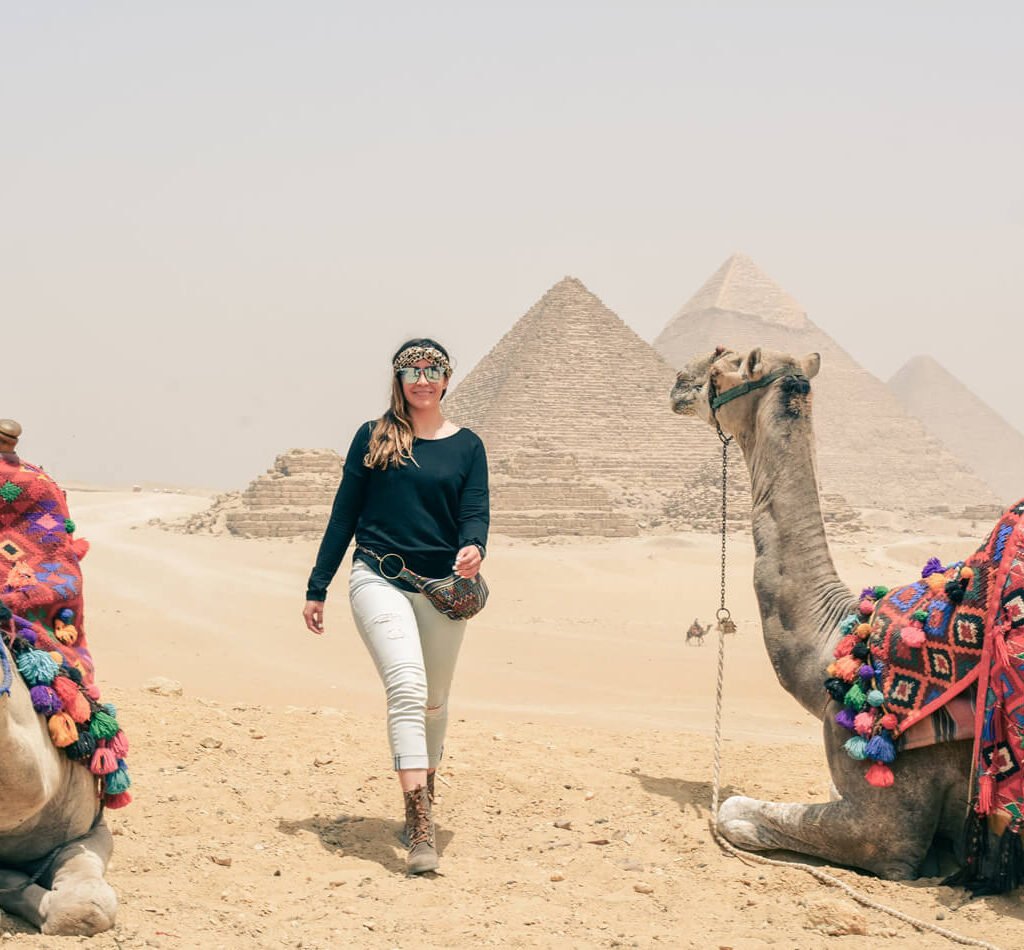
Start at the Solar Boat Museum to see the 4,500-year-old cedar ship—its 100-foot hull feels almost modern. Then walk toward the Sphinx, its weathered face watching over the desert. Did you know its paws alone stretch 57 meters? Climb the nearby viewing hill for the iconic shot of all three pyramids.
Pro tip: Buy your tickets onsite to avoid scams.
Inside Khufu’s pyramid, the Grand Gallery’s 8-meter height feels claustrophobic yet awe-inspiring. But save time for the Sphinx Temple too—its columns tell stories of ancient rituals. In the evening, the Sound and Light show casts the pyramids in dramatic colors, narrating tales of Ramses II and Cleopatra.
Don’t miss the sunset views—the best time to grasp why these are Egypt’s popular tourist sites!
Luxor is known as the world’s greatest open-air museum. It’s a top spot to visit in Egypt. Imagine seeing Karnak Temple’s 134 sandstone columns at sunrise. They still show 3,500-year-old hieroglyphs.
This UNESCO site has a history spanning 2,000 years, shaped by 30 pharaohs. The Hypostyle Hall is massive, like two football fields. Yet, every column tells a story of power and divinity.
The Valley of the Kings is where pharaohs like Tutankhamun were buried. With a standard ticket, see Ramses IV’s sunburst walls and Merenptah’s 91-meter tomb. Ramses IX’s starry ceiling is also a must-see.
For more, the Tomb of Seti I and Nefertari’s paintings are worth the extra cost. Start tours early to avoid the summer heat. Winter visits are cooler, with temperatures around 22°C.
Hatshepsut’s terraced temple looks like a staircase to the gods. At dusk, Luxor Temple’s Ramses II statues cast long shadows. The limestone walls hold ancient stories, while felucca rides offer cool breaks.
Luxor is a must-visit, with tickets starting at $15. Every step here feels like walking through time. Are you ready to explore Egypt’s soul where pharaohs once walked?
Abu Simbel is a top spot in Egypt, blending ancient beauty with modern wonder. Seeing the 66-foot Ramses II statues at sunrise is unforgettable. But, how do you fully experience this desert wonder?
Book a 6:30 AM tour from Aswan to avoid the early morning rush. The drive to Abu Simbel is scenic, with views of the desert and Lake Nasser. Arriving early lets you explore the temple’s facade and see the ancient carvings of Ramses’ victories.
Abu Simbel’s story is as fascinating as the temple itself. It was moved to save it from the Aswan Dam. The temple’s design aligns perfectly with the sun, lighting up Ramses’ sanctuary twice a year. Visit on Feb 22 or Oct 22 to see this amazing sight.
Visit in the morning to avoid the heat. Spend 1-2 hours exploring and then head back to Aswan. Flights from Aswan are quicker but miss the desert views. Guided tours cost $200+ and include entry fees and a guide’s insights.
Standing where pharaohs once ruled, Abu Simbel teaches us about human determination. Bring a hat, water, and your sense of wonder. This desert masterpiece is worth all the attention.
The Pyramids get all the attention, but Egypt has so much more to offer. Imagine walking through the White Desert, where wind-carved limestone formations look like mushrooms. At sunset, they glow pink, making it feel like another world.
South of Luxor, the Temple of Hathor at Dendera is a sight to behold. Its starry ceiling is still bright after 2,000 years. The columns are adorned with cow-headed statues, adding to the mystery.
Then there’s Abydos, where the Temple of Seti I holds a list of pharaohs. It’s a history lesson carved in stone. This shows the political rivalries of ancient times.
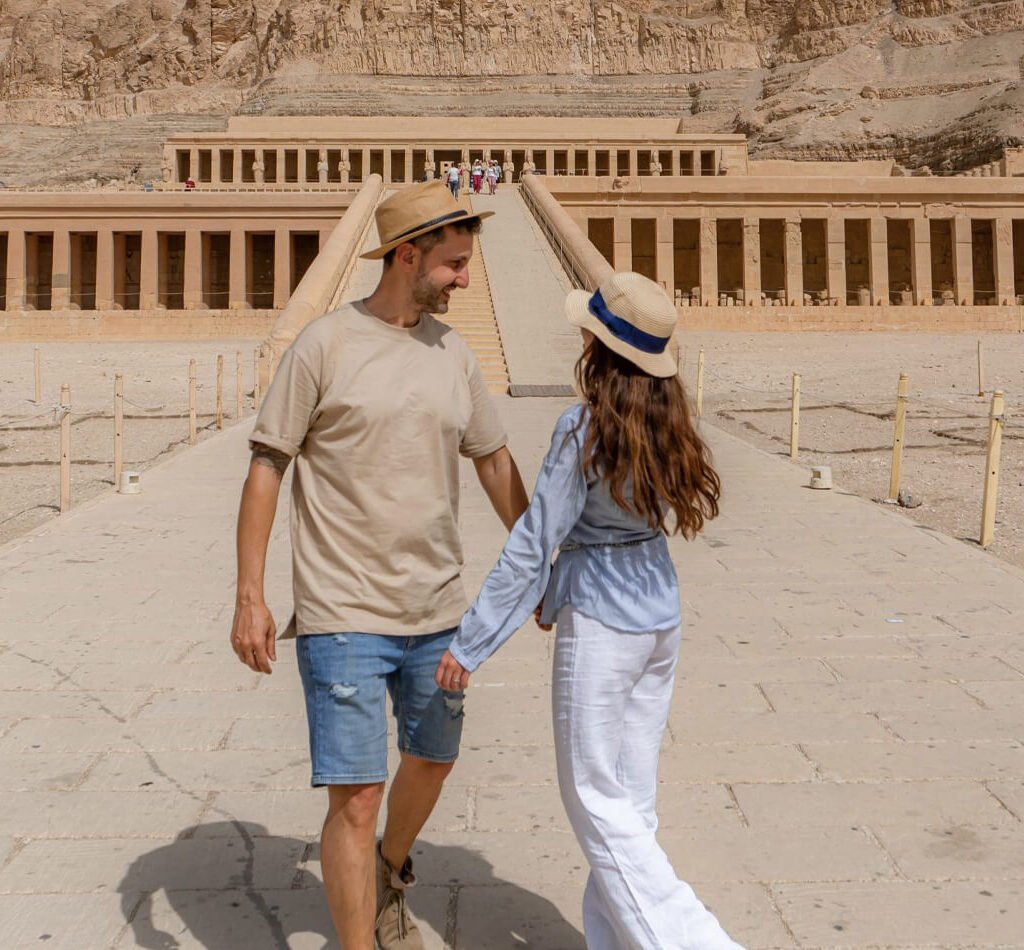
Siwa Oasis is a world away from Egypt’s deserts. Its mud-brick buildings and palm-lined oases are a sight to see. The Siwa Temple’s oracle once guided Alexander the Great, and today, it’s a place of peace.
For something truly grand, visit Abu Simbel. Its massive statues are a testament to Ramses II’s ambition. They were even moved twice to survive history’s changes.
Along the Red Sea Coast, Hurghada and Marsa Alam are perfect for diving. The Sinai Peninsula’s St. Catherine Monastery guards Christian relics under Mount Sinai’s peaks. These places show the beauty of nature and human creativity, inviting you to explore where time stands still.
Imagine sailing past date-palm groves and ancient temples as the sun sets. This is the magic of a Nile cruise. It’s one of Egypt’s most iconic travel experiences. Whether you want luxury or adventure, the river has something for everyone.
For a real taste of Egypt, try a felucca sail. These traditional wooden boats glide silently past villages. You can sleep under the stars and listen to the Nile’s gentle sound. The Nubian crews will share stories of their culture. It’s simple, but it connects you with the river’s soul.
Looking for comfort? Modern cruises like the solar-powered Viking Osiris offer luxury. They have air-conditioned suites and guided tours to Egypt’s top sites. Their 3- to 7-day trips visit Kom Ombo and Edfu, blending history with comfort.
Timing is key. Sail in the shoulder seasons (March or early October) to avoid crowds. Or book a festive cruise during Christmas for fun onboard celebrations. Families and couples can find their perfect match, whether it’s luxury or adventure.
No Nile trip is complete without watching fishermen or sipping mint tea as the sun sets. Whichever boat you choose, the Nile shows you Egypt’s heart. It’s where ancient and modern life come together. Your journey will leave you with memories that last a lifetime.
When people think of Cairo, they often rush to the Best places to visit in Egypt like the pyramids or the Egyptian Museum. But Cairo has hidden corners waiting to be found. Explore Islamic Cairo, where 14th-century souqs like Khan el-Khalili still buzz with activity.
Here, you’ll find alabaster lamps and silver jewelry made by artisans. Their families have been crafting these items for generations.
Islamic Cairo’s architecture is a standout among Egyptian tourist hotspots. The Sultan Qalawun Complex and Al-Azhar Mosque offer a peaceful escape from the city’s noise. Don’t miss the Bab Zuweila gate’s minaret for a breathtaking sunset view.
Next, visit Coptic Cairo. The Hanging Church, built over Roman ruins, tells of Egypt’s Christian past. The Ben Ezra Synagogue and Monastery of St. Sergius show Cairo’s rich history. Every alleyway here is filled with stories of pharaohs, caliphs, and pilgrims.
End your day at Al-Azhar Park, a green oasis carved from a quarry. Its hilltop views are perfect for sunset. Cairo’s hidden gems are more than just sights—they’re windows into 1,400 years of history. So, pack your comfortable shoes and curiosity—Cairo’s true magic awaits.
After exploring ancient history, the Red Sea offers a perfect retreat. Imagine diving at the SS Thistlegorm, Egypt’s famous shipwreck, and then enjoying Arabic coffee at Saint Catherine’s Monastery. This area is unique, blending adventure with relaxation.
I spent my mornings snorkeling with tropical fish in clear bays. Then, I trekked to Mount Sinai’s peak at sunrise. The mix of underwater beauty and desert views is enchanting.
The Red Sea’s Ras Mohammed National Park is a highlight, with shark sightings and colorful coral. Even beginners can see amazing sea life from Sharm El-Sheikh’s shore. At night, beach cafes serve spiced tea, and the stars tell ancient stories.

Don’t miss Dahab’s Blue Hole, a diver’s paradise. Here, blue colors seem to go on forever.
Here, culture meets the coast easily. From Hurghada, visit the Temple of Seti I or relax on Safaga’s beaches. Local guides share stories of Saint Catherine’s Monastery while you enjoy honey coffee. The Red Sea is a place of ancient wisdom and modern relaxation.
Remember to pack sunscreen and a sense of wonder. This coast offers both history and peace in one unforgettable journey.
Planning your Egypt trip? Hire a local Egyptologist guide. They’ll help you understand hieroglyphs and skip long ticket lines. I’ve seen how first-time visitors get lost in ticket systems. Let guides handle the details so you can enjoy the history.
Check ticket prices online before you go. Many sites let you pre-book through the Egyptian Ministry of Tourism portal. Arrive early at sunrise to avoid the heat and crowds at places like Abu Simbel. Remember to dress modestly with covered shoulders for sun safety and respect.
Trains between Cairo and Alexandria are affordable and comfortable (under £10 return). Always find ATM locations and withdraw 3,000 EGP max at a time. Security checks are common at famous sites. Carry bottled water and a hat for desert heat.
Tipping 5-10 EGP for small services keeps interactions friendly. Add 10% of the bill for service at restaurants. Use credit cards with caution; cash is still preferred in smaller towns. And always stay alert in crowded markets, even with police presence.
Planning your Egypt trip can be tough. But, I’m here to help you make a trip that matches your interests and time. Whether you love history, beaches, or culture, Egypt has something for everyone. Let’s look at different day plans:
For a 5-day trip, start in Cairo. Visit the Pyramids of Giza and the Egyptian Museum. Then, fly to Luxor to see its huge temples. Spend the last two days on the West Bank, exploring the Valley of the Kings.
Want a 7-day trip? Add a 3-day Nile cruise from Luxor to Aswan. You’ll see ancient temples and relax on the boat. Finish in Aswan with a visit to Philae Temple and a felucca ride.
For 10 days, explore more. After Cairo and Luxor, visit Abu Simbel’s Ramses II temple. Don’t miss the sunrise! Then, relax at the Red Sea for three days. This mix of desert and sea is a highlight of Egypt.
With 14+ days, venture further. Visit Siwa Oasis or Alexandria’s Pompey’s Pillar. These places offer a peaceful, authentic experience away from the crowds.
Remember, Egypt is all about balance. Make time for local markets and street food. Even a short trip can uncover centuries of history. Just pace yourself to enjoy it all!
As I left Egypt, I saw that every part of this land has stories to tell. The pyramids of Giza, standing for 4,500 years, and the hidden tombs in Luxor’s Valley of the Kings are just the start. Best places to visit in Egypt take you on a journey through time.
The Sphinx and Karnak Temple show the ancient world’s genius. The Red Sea’s coral reefs are full of underwater wonders.
Plan your days well: take photos of Karnak at dawn for the best light. Let a local guide tell you about King Tut’s tomb. Always respect the ancient sites by not touching carvings and staying on paths.
When shopping, look for family-run workshops in Khan el-Khalili bazaar. Here, artisans make papyrus and alabaster, passing down their skills through generations. Every purchase is a story.
Whether you’re sailing the Nile or diving in Sharm El-Sheikh, Egypt’s mix of history and adventure makes every trip unique. Take your time—let the markets of Cairo and the sunsets of Luxor stay with you. Remember, Popular tourist sites in Egypt are more than just sights; they’re windows into our past. Are you ready to walk where pharaohs once walked? Your journey is a part of Egypt’s eternal story.
Read more related articles:
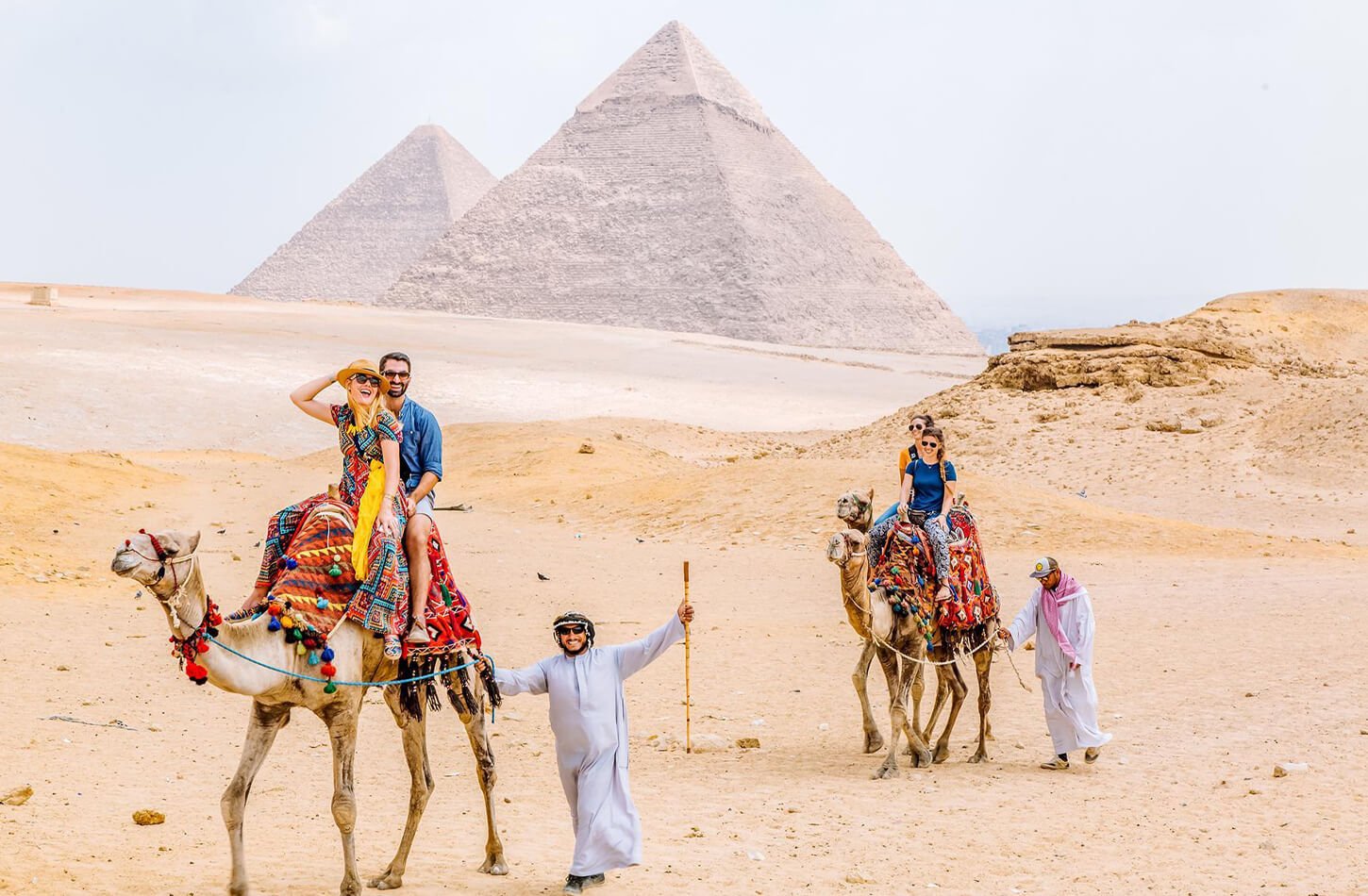
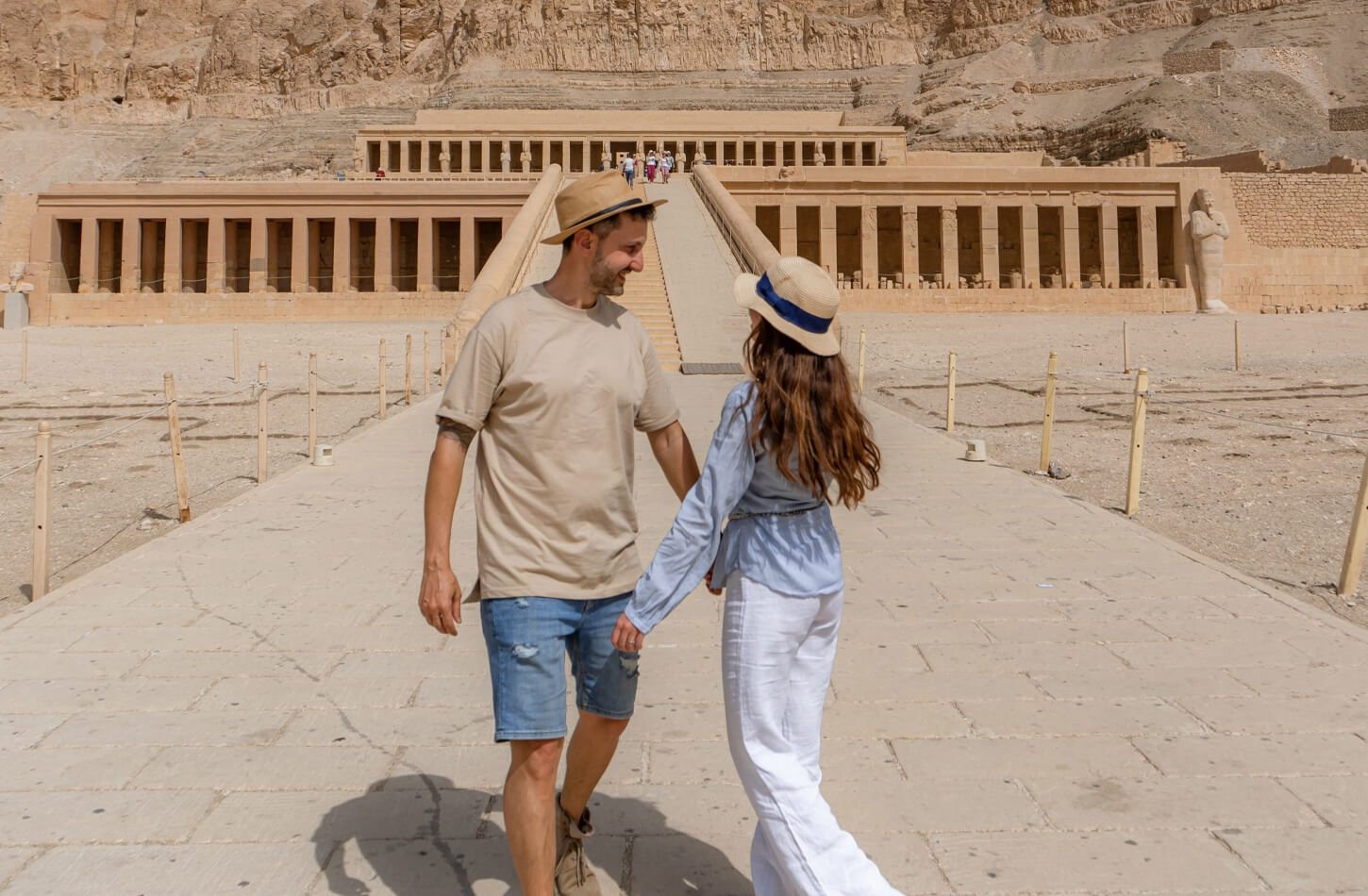
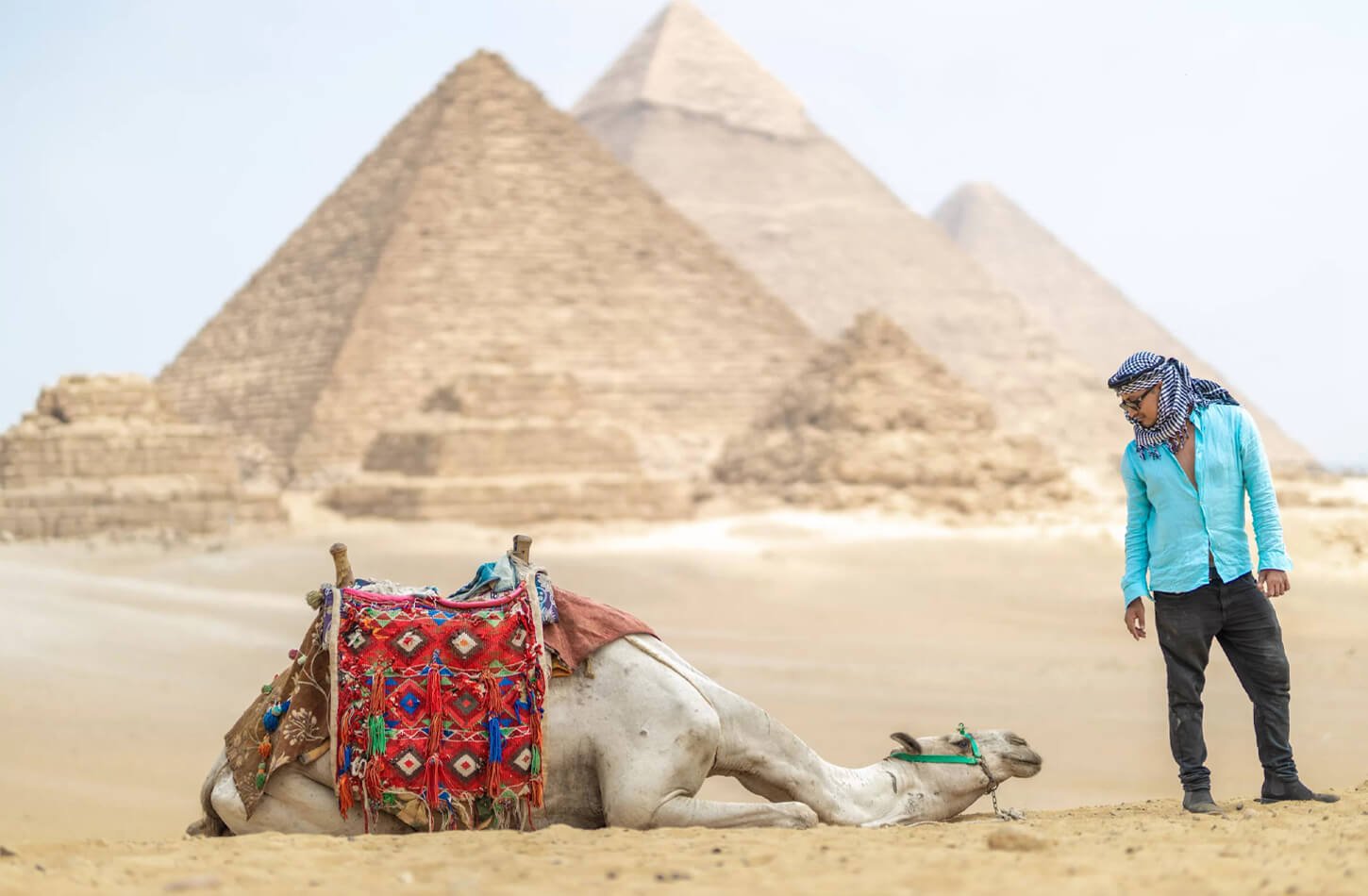
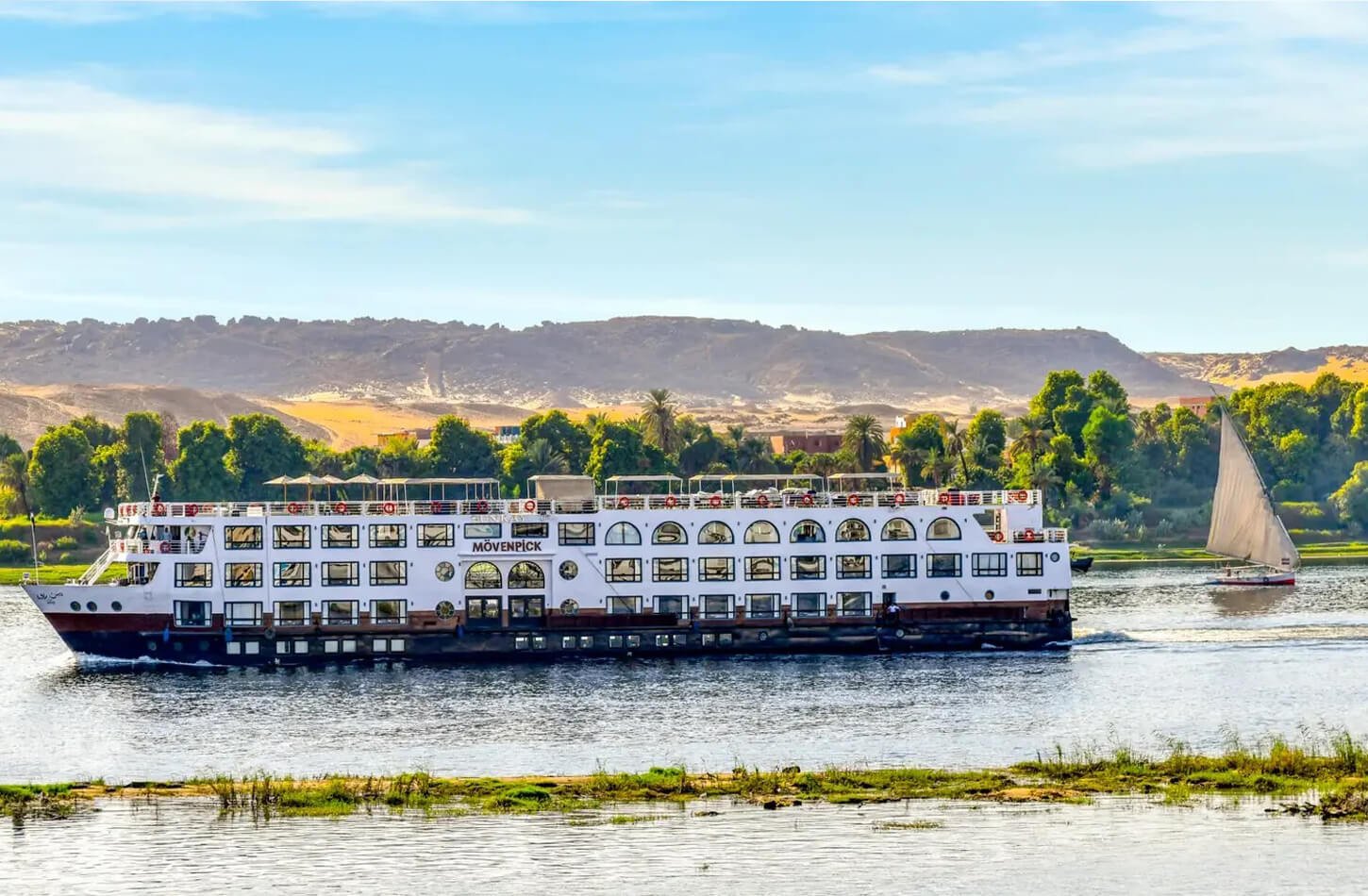


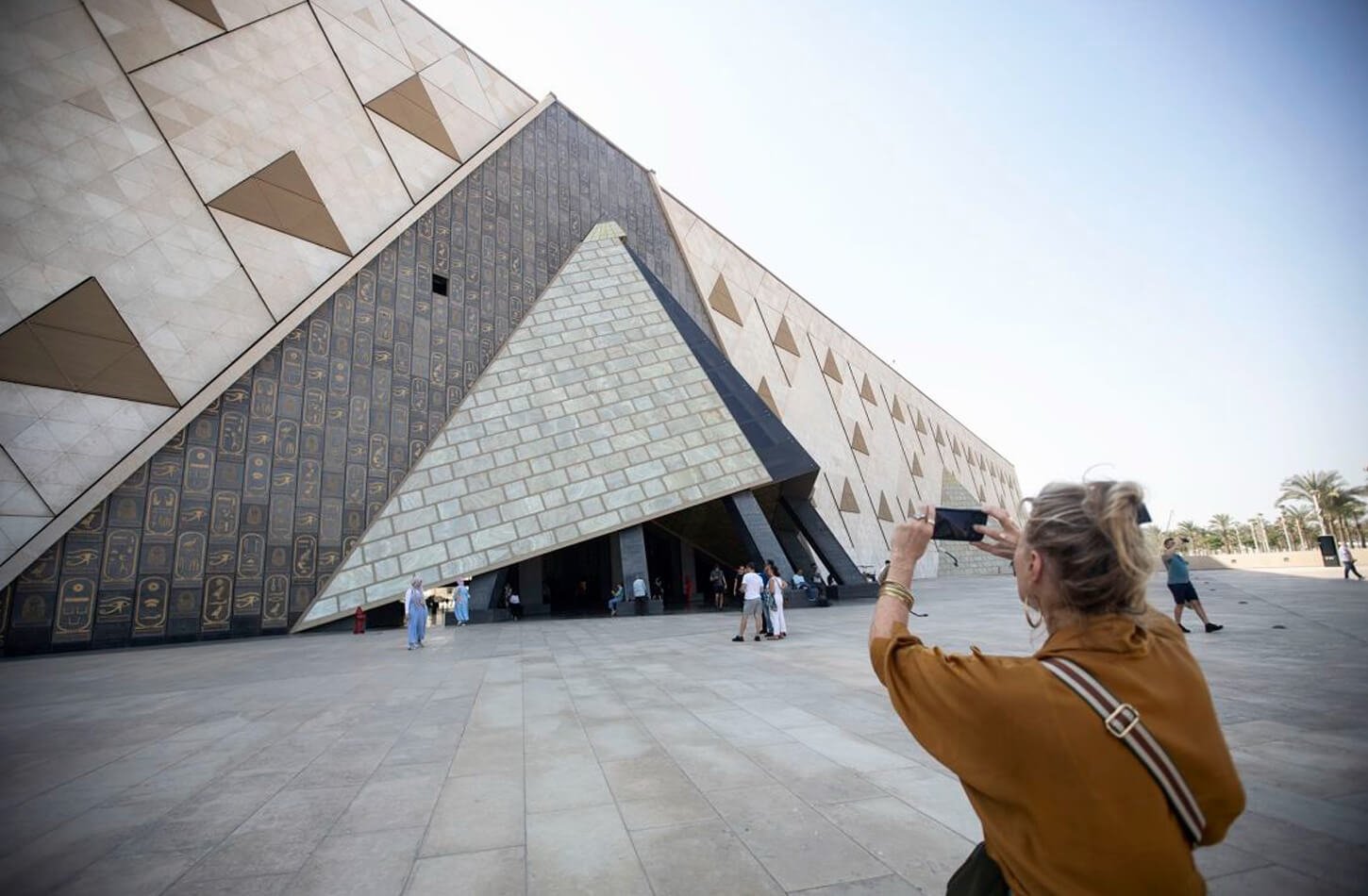
Don't just get there, get there in style.
Information
Follow Us
Payment channels
